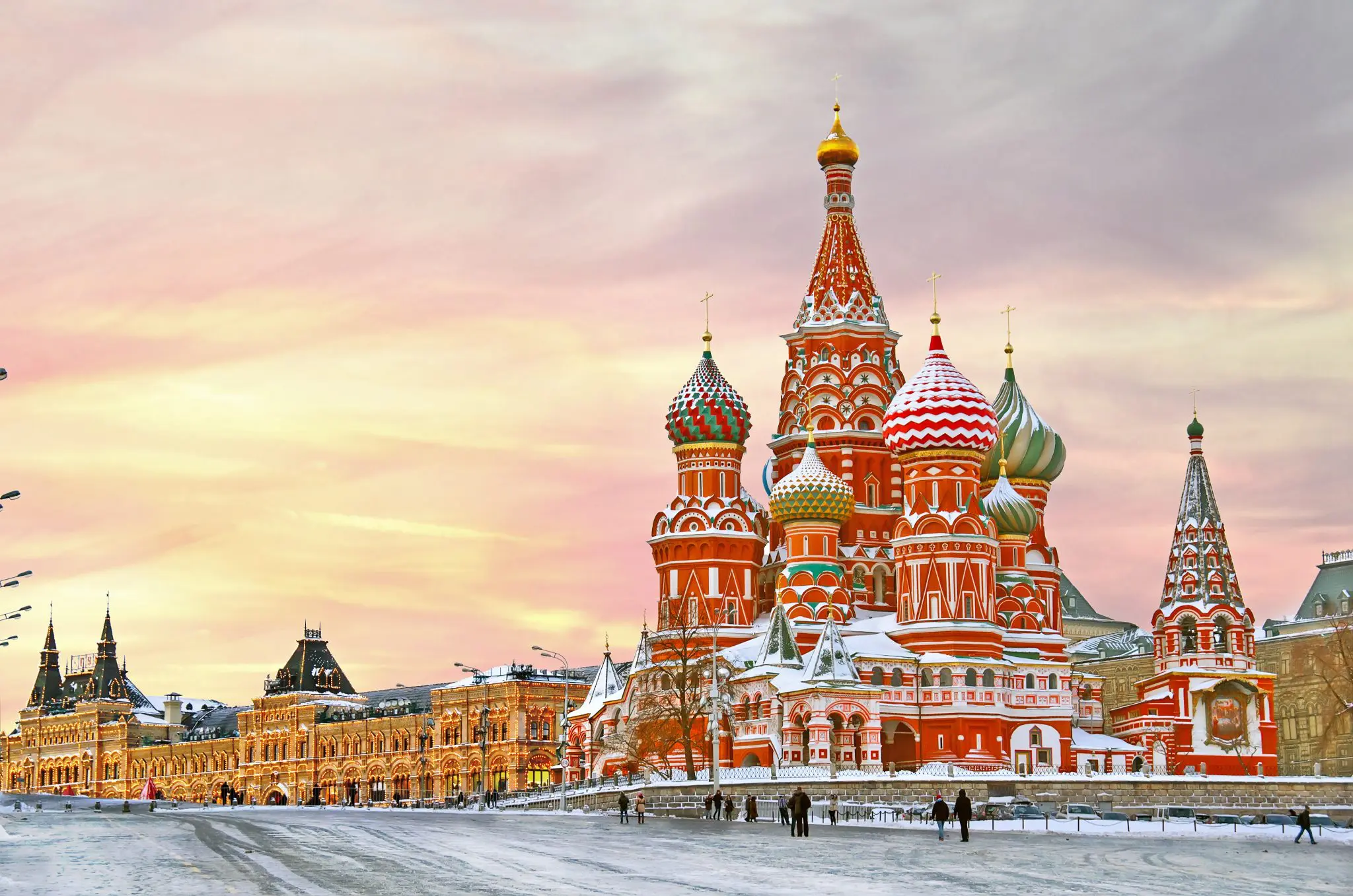Russia, the largest country in the world, stretches across Eastern Europe and Northern Asia, encompassing a vast array of landscapes, cultures, and histories. Known for its rich heritage, Russia is a nation of contrasts, where ancient traditions blend with modern innovations.
From the iconic domes of St. Basil’s Cathedral in Moscow to the stunning landscapes of Siberia, The country offers a wealth of experiences for travelers. The country’s immense size and diverse population contribute to its complex identity, making it a fascinating destination for those seeking to explore its unique history and culture.
Table of Contents
Geography
Russia is located in both Eastern Europe and Northern Asia, covering an area of approximately 17,098,242 square kilometers. It shares land borders with 14 countries, including Norway, Finland, Estonia, Latvia, Lithuania, Poland, Belarus, Ukraine, Georgia, Azerbaijan, Kazakhstan, China, Mongolia, and North Korea.
The country is characterized by its diverse geography, which includes vast plains, mountain ranges, forests, and tundra. The Ural Mountains, traditionally considered the boundary between Europe and Asia, run north to south through the country. Russia’s varied climate ranges from arctic conditions in the north to temperate weather in the south, influencing the lifestyles and activities of its inhabitants.
States of Russia
Russia has 85 federal subjects, which include:
- 22 republics
- 9 krais (territories)
- 46 oblasts (provinces)
- 3 federal cities (Moscow, Saint Petersburg, and Sevastopol)
- 1 autonomous oblast
These federal subjects serve as the highest administrative divisions in Russia. Here’s a simplified table grouping the names of the federal subjects of Russia:
| Type | Names |
|---|---|
| Republics | Adygea, Altai Republic, Bashkortostan, Buryatia, Chechnya, Chuvash Republic, Dagestan, Ingushetia, Kabardino-Balkaria, Kalmykia, Karachay-Cherkessia, Karelia, Komi, Mari El, Moksha, North Ossetia-Alania, Tatarstan, Tuva, Udmurtia, Volga Republic, Yakutia, Crimea |
| Krais | Altai Krai, Krasnodar Krai, Krasnoyarsk Krai, Perm Krai, Primorsky Krai, Stavropol Krai, Zabaykalsky Krai |
| Oblasts | Arkhangelsk Oblast, Astrakhan Oblast, Belgorod Oblast, Bryansk Oblast, Vladimir Oblast, Volgograd Oblast, Vologda Oblast, Voronezh Oblast, Ivanovo Oblast, Kaliningrad Oblast, Kemerovo Oblast, Kirov Oblast, Kostroma Oblast, Leningrad Oblast, Lipetsk Oblast, Magadan Oblast, Moscow Oblast, Nizhny Novgorod Oblast, Novgorod Oblast, Novosibirsk Oblast, Omsk Oblast, Orenburg Oblast, Penza Oblast, Pskov Oblast, Rostov Oblast, Ryazan Oblast, Samara Oblast, Saratov Oblast, Smolensk Oblast, Tambov Oblast, Tver Oblast, Tomsk Oblast, Tula Oblast, Tyumen Oblast, Ulyanovsk Oblast, Chelyabinsk Oblast |
| Federal Cities | Moscow, Saint Petersburg, Sevastopol |
| Autonomous Oblast | Jewish Autonomous Oblast |
History
The history of Russia is rich and complex, marked by significant events that have shaped the nation. The roots of Russian history can be traced back to the medieval state of Kievan Rus, established in the 9th century. This early federation of Slavic tribes laid the foundation for the cultural and political development of the region. In the 13th century, the Mongol invasion led to the fragmentation of Kievan Rus and the rise of the Golden Horde.
The rise of Moscow in the 15th century marked a turning point in Russian history. Ivan III, known as Ivan the Great, unified the Russian principalities and established the Grand Duchy of Moscow. The expansion of the Russian Empire continued under subsequent rulers, most notably Peter the Great, who modernized the country and expanded its territories during the 18th century.
The 19th century was marked by social and political upheaval, culminating in the Russian Revolution of 1917. This revolution led to the establishment of the Soviet Union, a communist state that dominated the region for much of the 20th century. The Soviet era was characterized by significant industrialization, military conflicts, and a unique cultural identity. However, the collapse of the Soviet Union in 1991 marked the beginning of a new era for Russia, transitioning towards a market economy and re-establishing its position on the global stage.
Top Ten Most Famous Places to Visit
Moscow

Moscow, the capital city of Russia, is a vibrant metropolis known for its rich history and stunning architecture. The iconic Red Square, home to the Kremlin and St. Basil’s Cathedral, is a UNESCO World Heritage site and a symbol of Russian heritage. Visitors can explore the Bolshoi Theatre, enjoy the city’s nightlife, and visit the many museums and galleries that showcase Russian art and history.
St. Petersburg
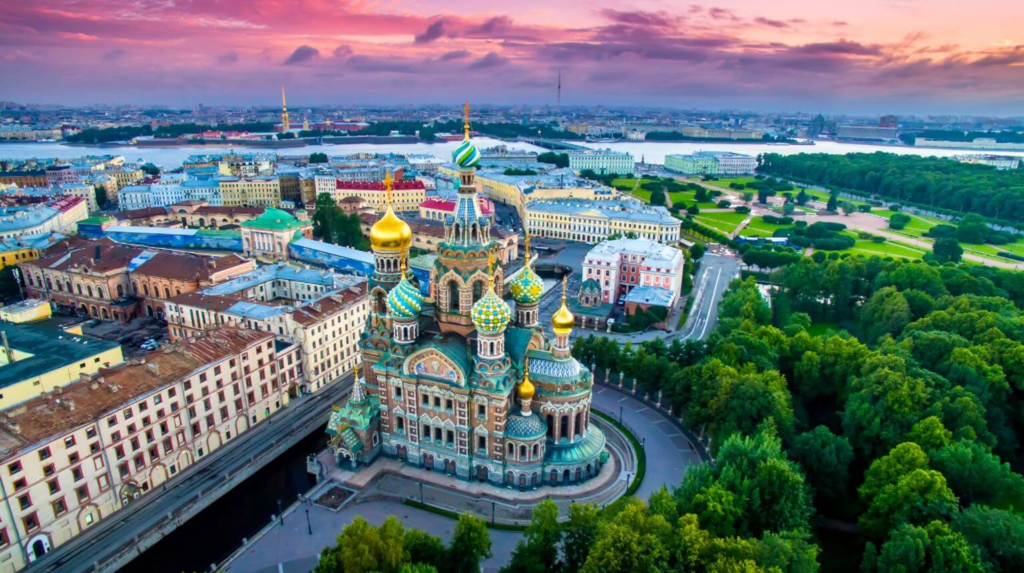
St. Petersburg, founded by Peter the Great in 1703, is often referred to as the cultural capital of Russia. The city is known for its magnificent palaces, canals, and vibrant arts scene. The Hermitage Museum, one of the largest and oldest museums in the world, houses an extensive collection of art and artifacts. Visitors can also explore the stunning Peterhof Palace and the Church of the Savior on Blood.
Lake Baikal

Lake Baikal, located in Siberia, is the deepest and oldest freshwater lake in the world. It is a UNESCO World Heritage site and is known for its breathtaking natural beauty and unique biodiversity. Visitors can enjoy activities such as hiking, ice skating in winter, and taking boat tours during the summer months. The lake is surrounded by stunning mountains and forests, making it a popular destination for nature lovers.
The Kremlin

The Kremlin, a fortified complex in the heart of Moscow, is an iconic symbol of Russian power and history. It houses several important government buildings, including the Grand Kremlin Palace and the Assumption Cathedral. The Kremlin is a UNESCO World Heritage site and offers visitors a glimpse into Russia’s political and architectural heritage.
Trans-Siberian Railway

The Trans-Siberian Railway is the longest railway line in the world, stretching over 9,000 kilometers from Moscow to Vladivostok. Traveling on this iconic train journey allows passengers to experience the vastness of Russia’s landscapes, including dense forests, mountains, and remote villages. The journey is a unique way to explore the country’s diverse regions and cultures.
Kazan
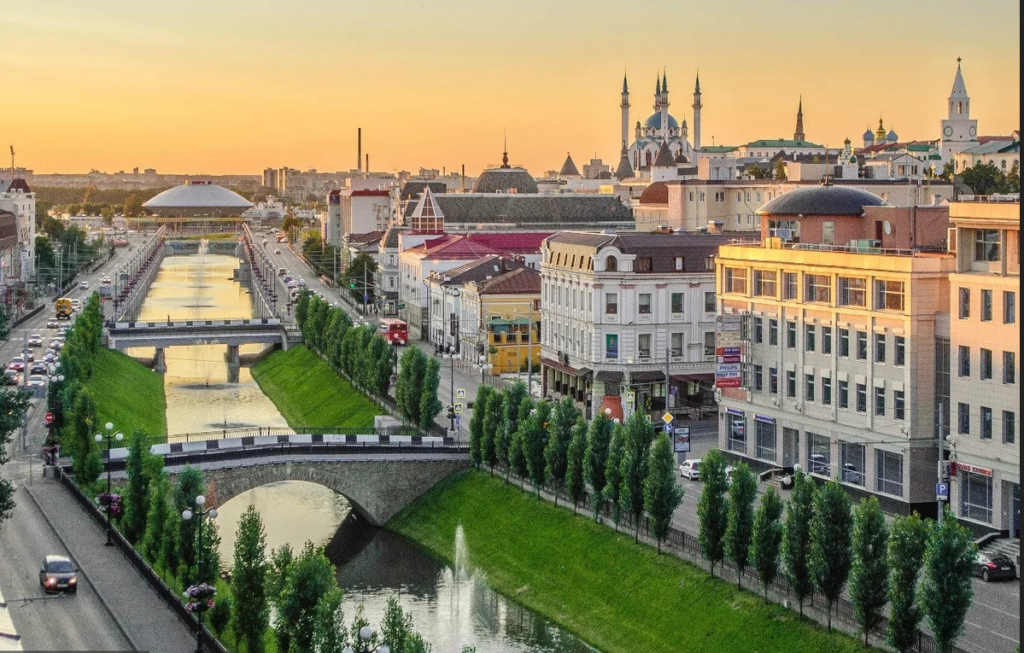
Kazan, the capital of Tatarstan, is known for its rich cultural heritage and stunning architecture. The Kazan Kremlin, a UNESCO World Heritage site, features a mix of Russian and Tatar influences, including the famous Kul Sharif Mosque. Visitors can explore the vibrant city, sample Tatar cuisine, and learn about the region’s unique history.
Sochi
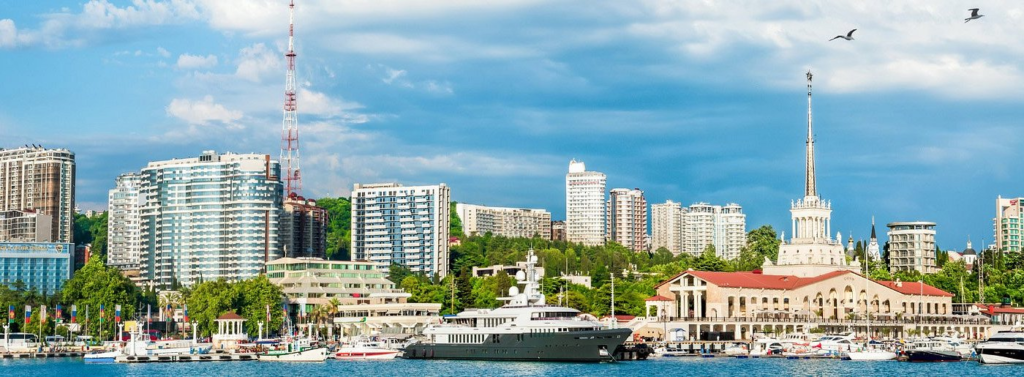
Sochi, located on the Black Sea coast, is a popular resort destination known for its beaches and mild climate. The city gained international recognition as the host of the 2014 Winter Olympics. Visitors can enjoy outdoor activities, visit the Sochi Arboretum, and relax on the picturesque beaches along the coast.
Kamchatka Peninsula

The Kamchatka Peninsula is a remote and stunning region known for its volcanic landscapes and diverse wildlife. The area is home to numerous active volcanoes, hot springs, and geysers. Adventurous travelers can hike in Kamchatka’s pristine nature, go bear watching, and experience the unique ecosystem of this UNESCO World Heritage site.
Vladivostok
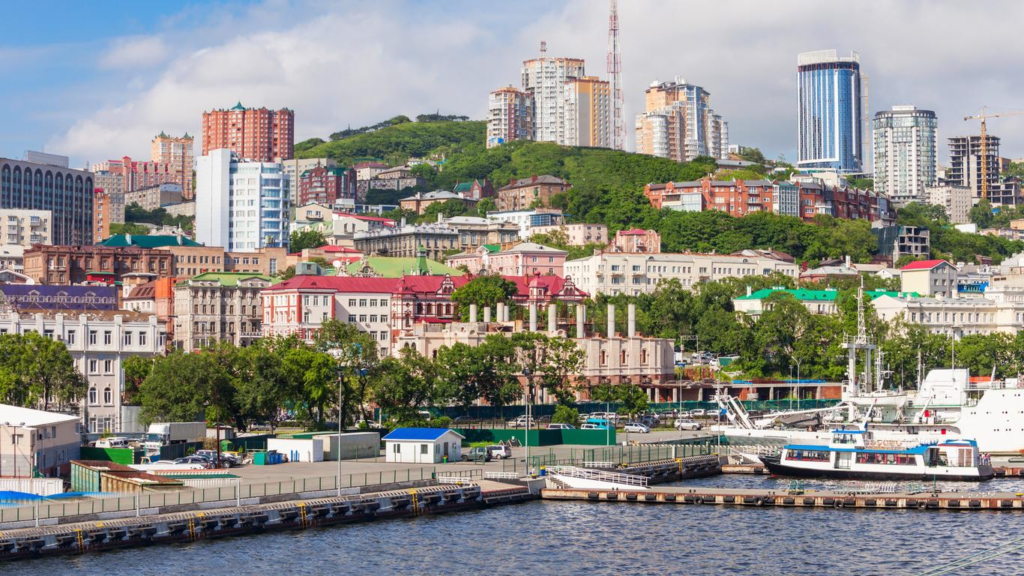
Vladivostok, located on the Pacific coast, is a major port city known for its stunning views and cultural diversity. The city is home to beautiful parks, historic architecture, and a vibrant seafood scene. Visitors can explore the Russky Island Bridge, visit the Vladivostok Fortress, and enjoy fresh seafood in local restaurants.
Golden Ring

The Golden Ring is a collection of historic cities northeast of Moscow, known for their well-preserved medieval architecture and cultural heritage. Cities like Suzdal, Vladimir, and Yaroslavl offer visitors a glimpse into Russia’s past, with stunning churches, monasteries, and traditional wooden houses. The Golden Ring is a popular destination for those seeking to explore Russia’s rich history and picturesque landscapes.
Culture
The official language of Russia is Russian, a Slavic language that uses the Cyrillic alphabet. Russian is spoken by the vast majority of the population and serves as a means of communication across the diverse regions of the country. The language has a rich literary tradition, with renowned authors such as Leo Tolstoy, Fyodor Dostoevsky, and Anton Chekhov contributing to its cultural heritage. Russian is also widely studied in many countries, reflecting the country’s historical influence on global literature and politics.
Russian lifestyle is characterized by a strong emphasis on family, community, and cultural traditions. Hospitality is an important aspect of Russian culture, with guests often treated with great respect and warmth. Traditional Russian cuisine includes dishes such as borscht, pelmeni, and blini, often accompanied by vodka. Social gatherings, celebrations, and holidays are marked by festive meals and communal activities, highlighting the importance of togetherness in Russian culture.
Russia boasts a rich tapestry of traditions and customs that vary by region. Folk music, dance, and art play a significant role in Russian culture, with traditional crafts such as matryoshka (nesting dolls) and khokhloma (decorative wooden ware) showcasing the country’s artistic heritage.
Festivals such as Maslenitsa, celebrating the end of winter, and Ivan Kupala, marking the summer solstice, are celebrated with vibrant rituals and communal activities. The diverse ethnic groups within Russia also contribute to the country’s cultural richness, with unique traditions and customs reflecting their histories and identities.
Festivals
Russia hosts a variety of colorful festivals throughout the year, celebrating its rich cultural heritage. The Moscow International Film Festival showcases cinematic talent from around the world, while the White Nights Festival in St. Petersburg features a series of cultural events, including music, dance, and theater performances.
The Victory Day Parade, held on May 9th, commemorates the victory over Nazi Germany and is marked by military displays and patriotic celebrations. Other notable festivals include the Golden Mask Festival, dedicated to theater arts, and the Spasskaya Tower Military Music Festival, showcasing military bands from different countries.
Economy
Russia has a mixed economy characterized by a combination of state ownership and private enterprise. The country’s vast natural resources, including oil, gas, and minerals, play a crucial role in its economy, making Russia one of the world’s leading energy producers. The energy sector significantly contributes to government revenues and export earnings. In addition to energy, Russia’s economy includes agriculture, manufacturing, and technology sectors.
The country is known for its agricultural production of grains, livestock, and fish. However, the economy faces challenges, including global sanctions, fluctuations in energy prices, and a need for diversification beyond resource dependence.
Tourism
Tourism is a growing sector in Russia, attracting millions of visitors each year. The country’s rich history, stunning landscapes, and cultural heritage make it an appealing destination for travelers. Major cities like Moscow and St. Petersburg offer a blend of historical sites, cultural attractions, and modern amenities.
The natural beauty of regions such as Siberia, Lake Baikal, and the Kamchatka Peninsula provides ample opportunities for outdoor adventures and eco-tourism. Visitors can explore Russia’s diverse regions, experience its unique traditions, and enjoy the warm hospitality of its people.
Top Eight Most Famous Food



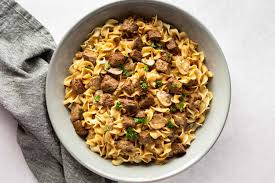
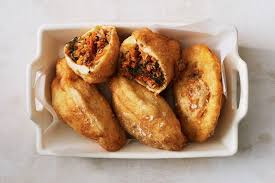



Interesting Facts
- Russia is the largest country in the world, spanning over 17 million square kilometers.
- The Trans-Siberian Railway is the longest railway line in the world, connecting Moscow to Vladivostok.
- Lake Baikal is the deepest and oldest freshwater lake, reaching depths of over 1,600 meters.
- Russia has a diverse range of climates, from arctic conditions in the north to subtropical weather in the south.
- The country is home to the world’s largest forest, the Taiga, which covers approximately 60% of its land area.
- Russia’s vast territory includes over 100 different ethnic groups and languages.
- The Kremlin in Moscow is the official residence of the President of Russia and a UNESCO World Heritage site.
- The famous Russian ballet has a long-standing tradition and is celebrated worldwide for its artistry.
- Russia is known for its unique architecture, including onion domes and wooden churches.
- The country has more than 25,000 rivers, with the Volga River being the longest in Europe.
Future Perspective
The country faces both challenges and opportunities in the coming years. As the country continues to navigate global economic shifts, there is potential for growth in technology, innovation, and sustainable development. Investments in infrastructure, education, and energy diversification will be crucial for fostering economic resilience. Additionally, promoting tourism and cultural exchange can enhance Russia’s global presence while preserving its rich heritage. As the nation adapts to changing dynamics, it aims to balance modernization with the preservation of its unique identity.
Conclusion
Russia, with its vast landscapes, rich history, and diverse culture, offers a wealth of experiences for travelers and history enthusiasts alike. From the historic streets of Moscow to the natural wonders of Siberia, and from the cultural treasures of St. Petersburg to the unique traditions of its various regions, Russia’s allure is undeniable. As the country continues to evolve, it remains a destination where history and modernity coexist, inviting all to explore its many treasures.
let’s enjoy few years on earth with peace and happiness….✍🏼🙏

